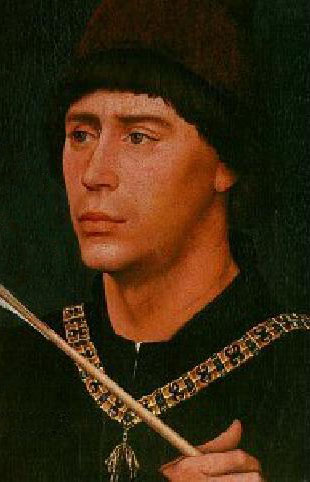In Celebration of the Human Voice - The Essential Musical Instrument
Home | Doo Wop | Barbershop | World | Contemporary | Christian | Vocal Jazz | Choral | Christmas | Instructional | Arrangements
Classical | Opera | Musicals | Personality | Young Singers | Disney | Videos | Songs | The Artists

Antoine Busnoys Biography

Click Here for Sheet Music and Songbook Vocal Arrangements
French composer. Nothing certain is known about his origins or early training. By 1461 he was resident in Tours as a chaplain at the cathedral. In 1465 he was in charge of the choristers first at the collegiate church of St Martin in Tours (where his senior colleagues included Johannes Ockeghem ), then at St Hilaire-le-Grand in Poitiers. By 1467 he had moved into the service of the Burgundian court, and he became an official member of the chapel staff in 1470 . This position involved extensive travel in northern France and the Low Countries, both in peacetime and during military campaigns. The last payments to him occur in 1483 , after which his biography is again obscure. Busnois is famous above all for his many polyphonic chansons, sophisticated works that reflect not only the Burgundian milieu but also the French royal court circle in which he moved during his years at Tours. Some of their poetic texts are almost certainly his own work. Fewer sacred works by him survive, but they are of high quality and often ingenious construction. One motet, Anthoni usque limina, is composed round a tenor line that invokes the tolling of a bell; another, the non-religious In hydraulis ( c. 1467 ), pays tribute to Ockeghem in both words and music. Busnois was among the first in a long line of composers to write a mass based on L'Homme arme, a melody thought to have had symbolic meaning to the Burgundian dukes. |
Select a Category |
Want to Sing? - Find a Chorus Near You
List of Choruses by State | List of Choruses by City
